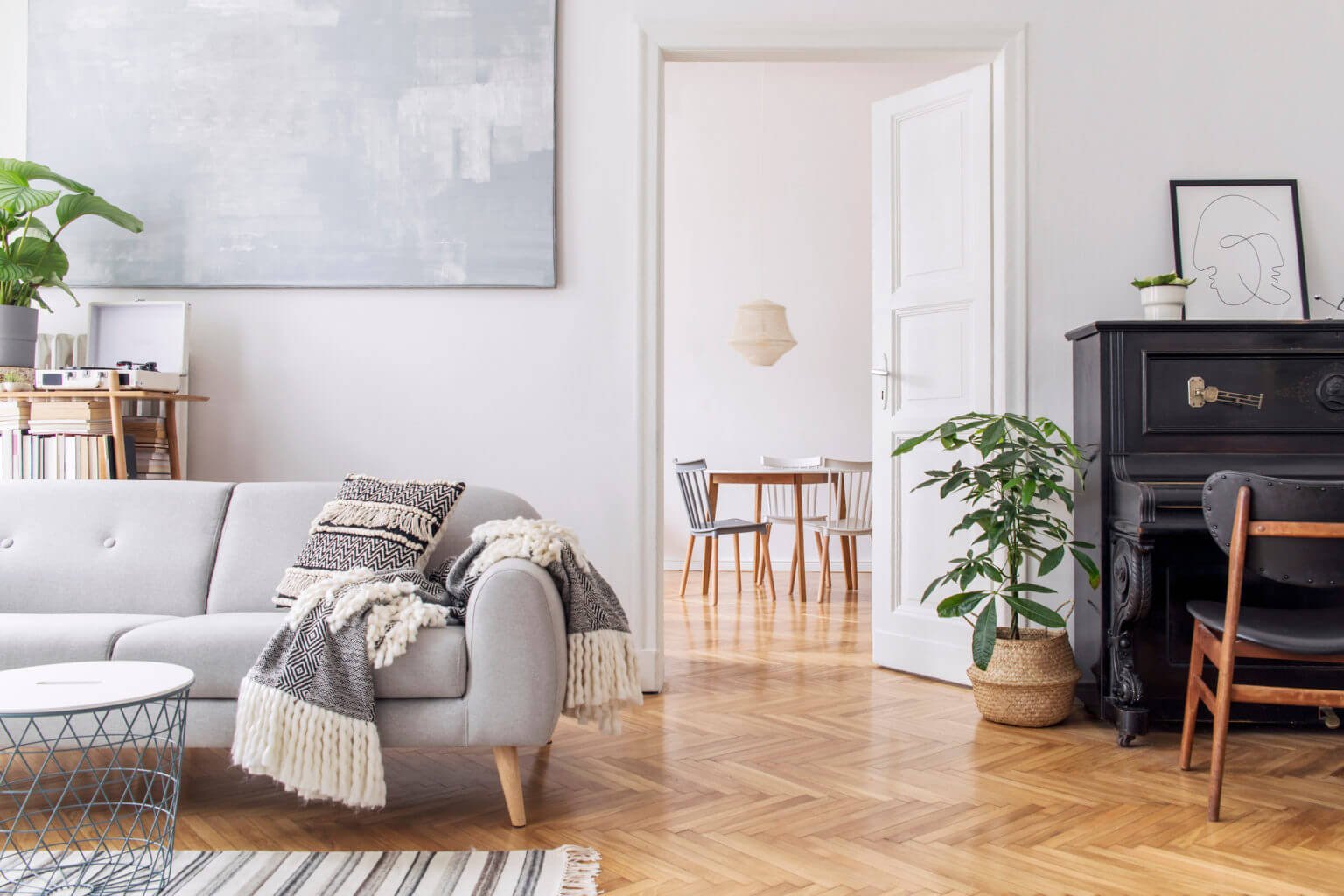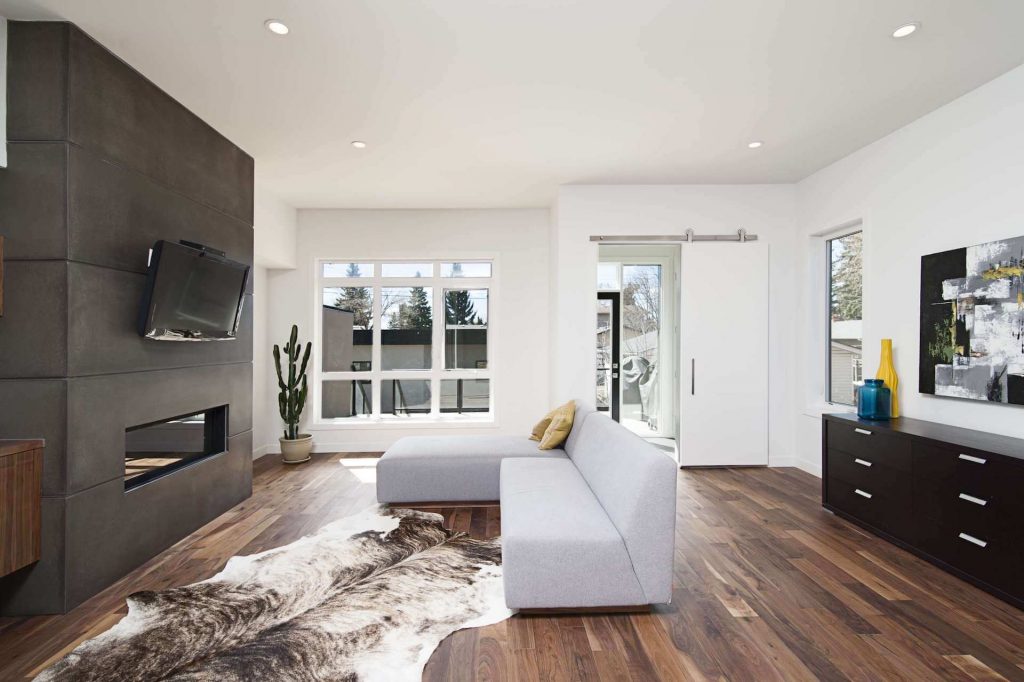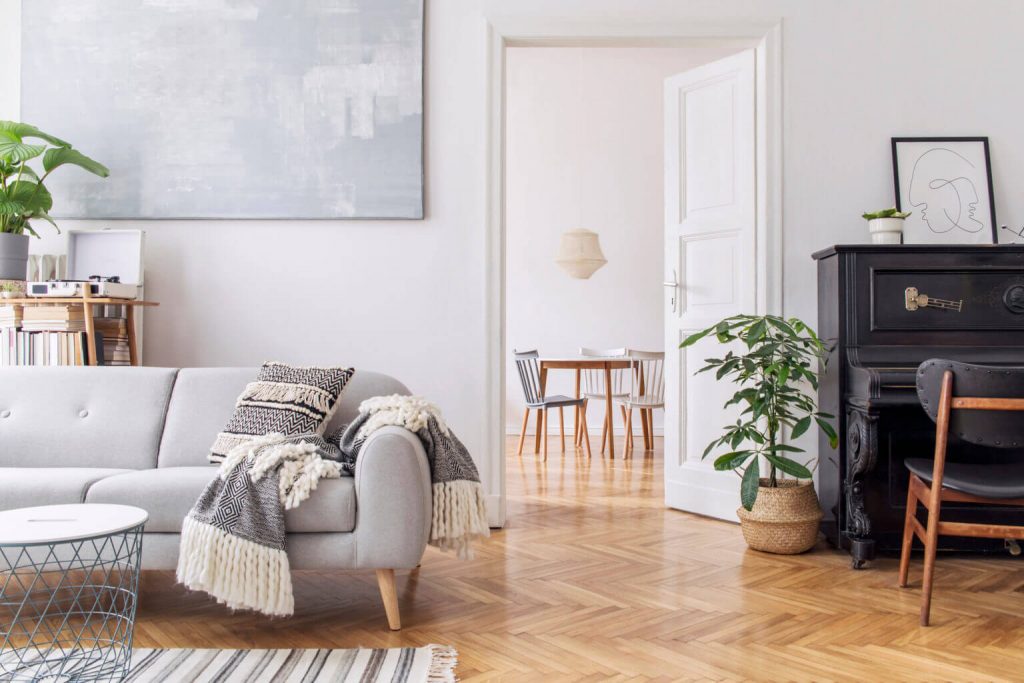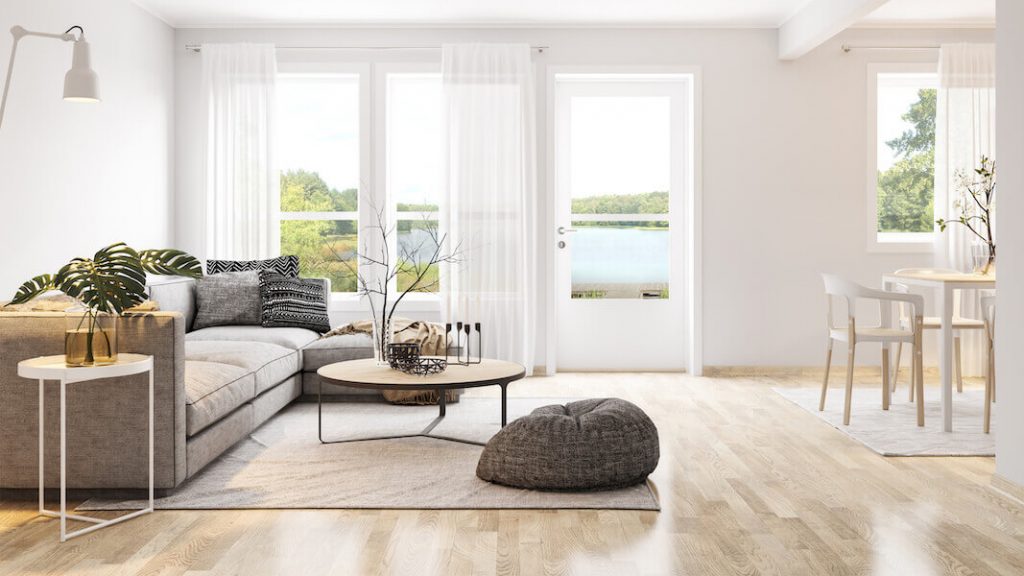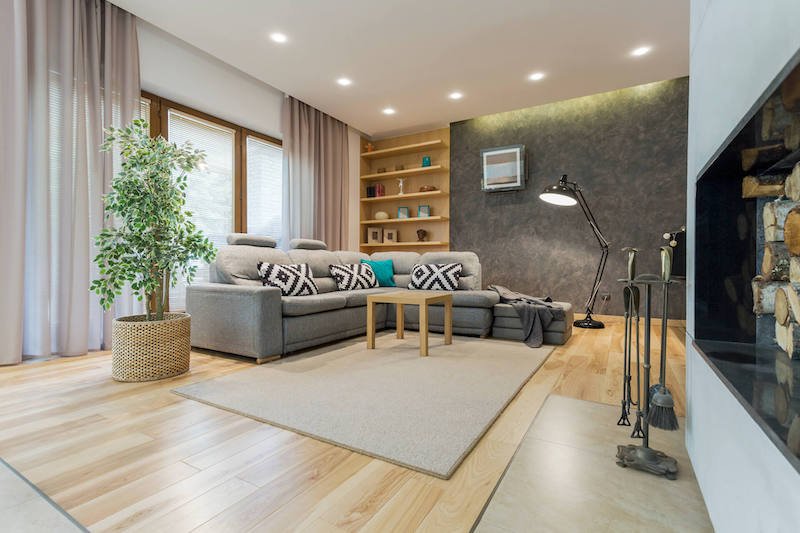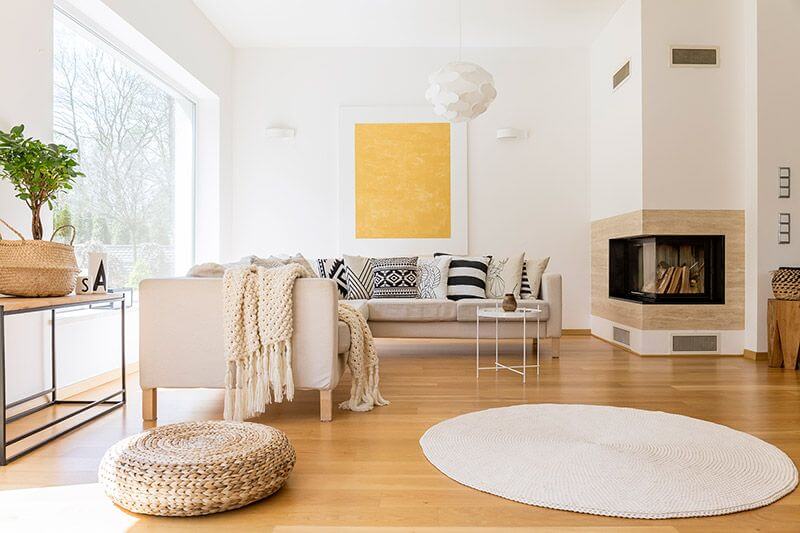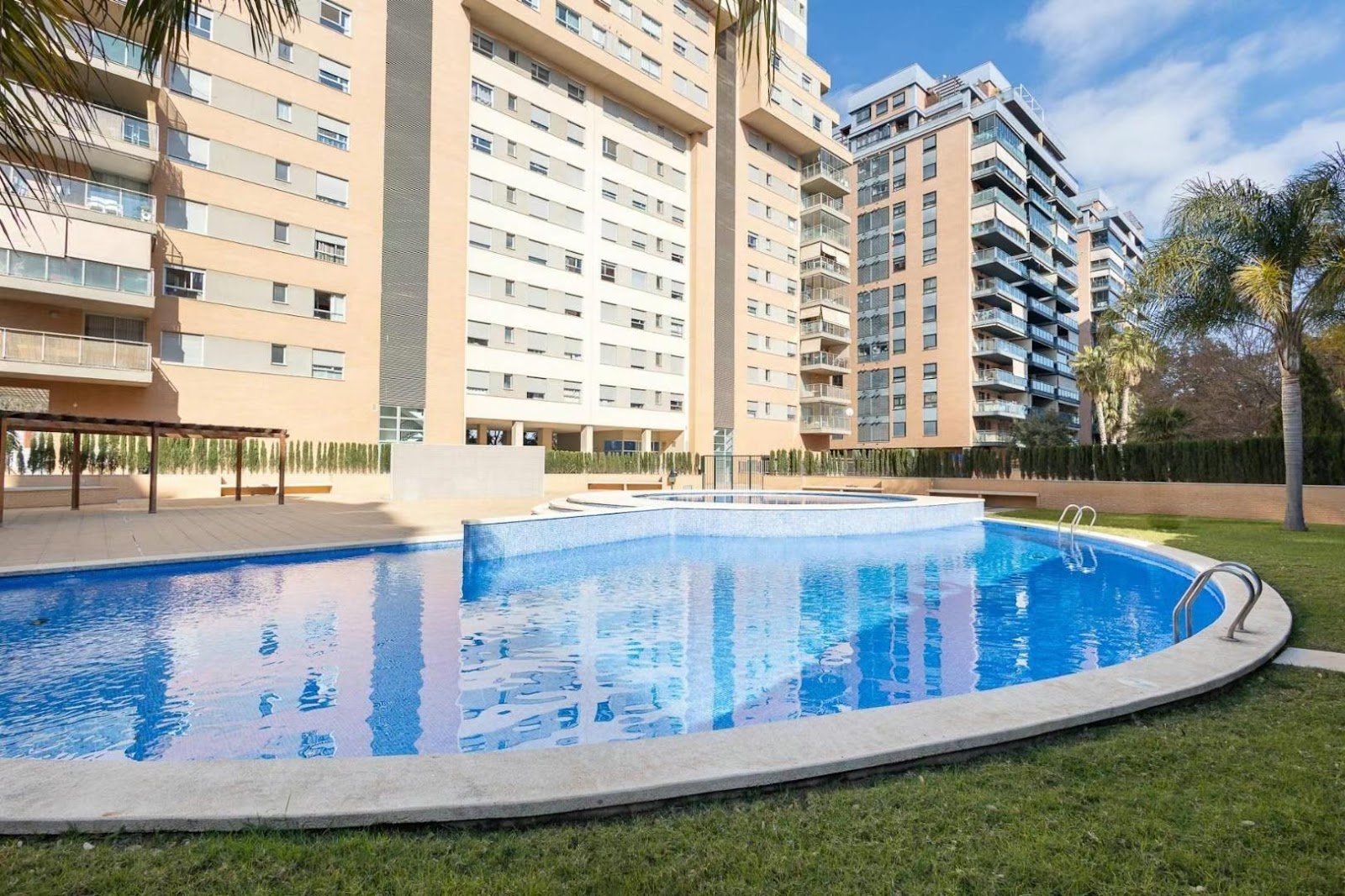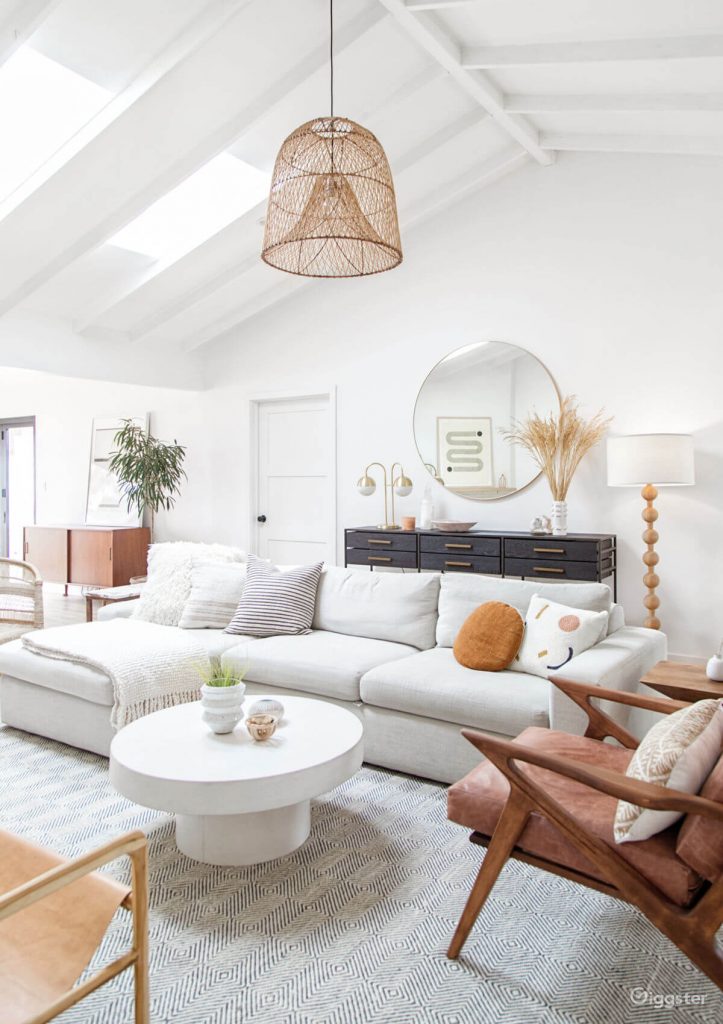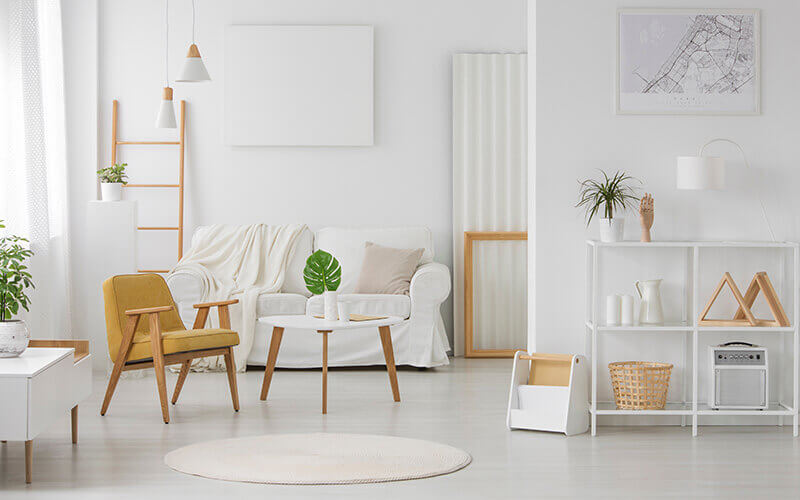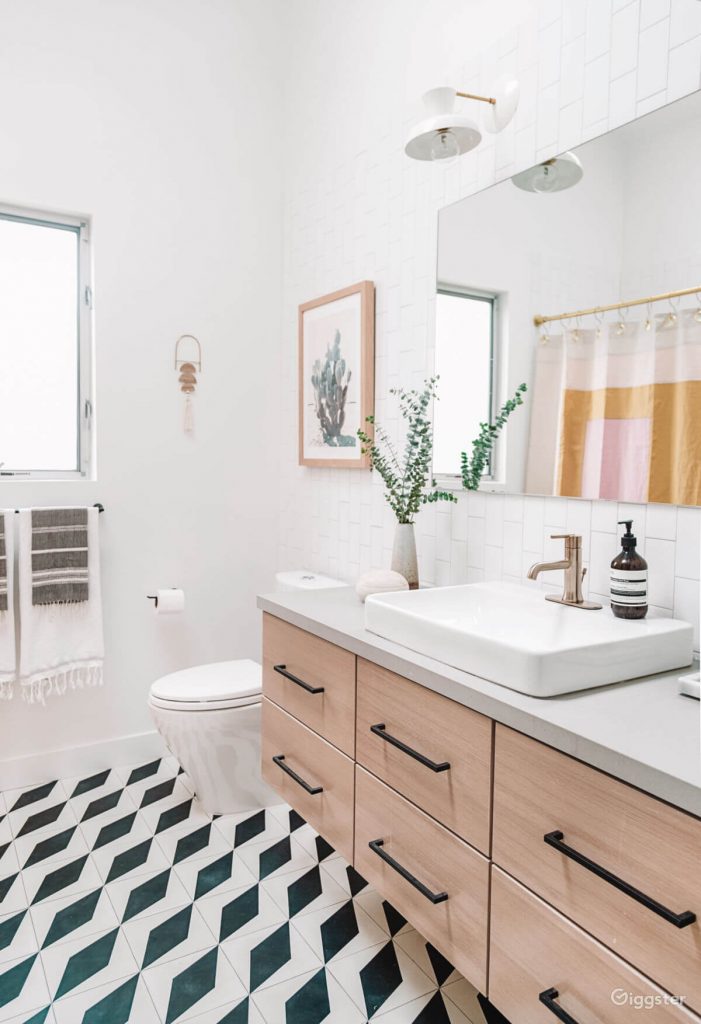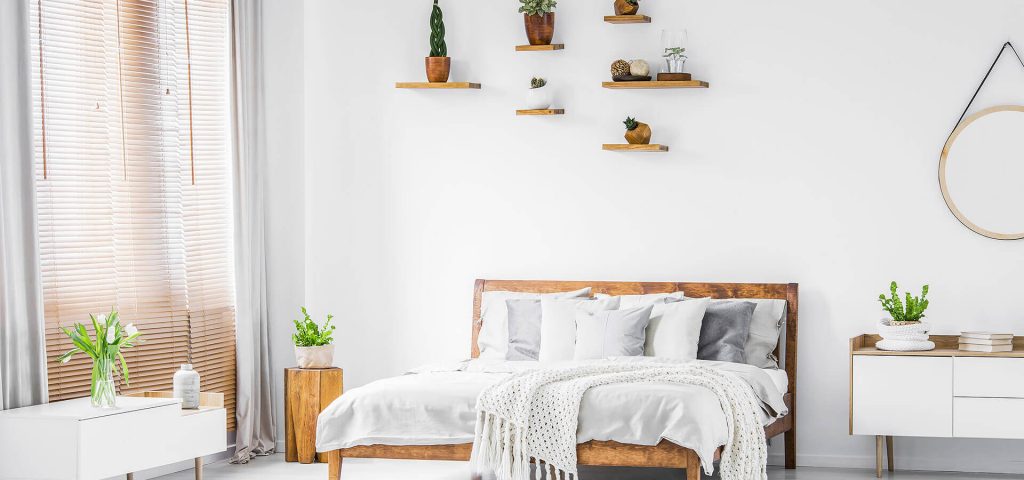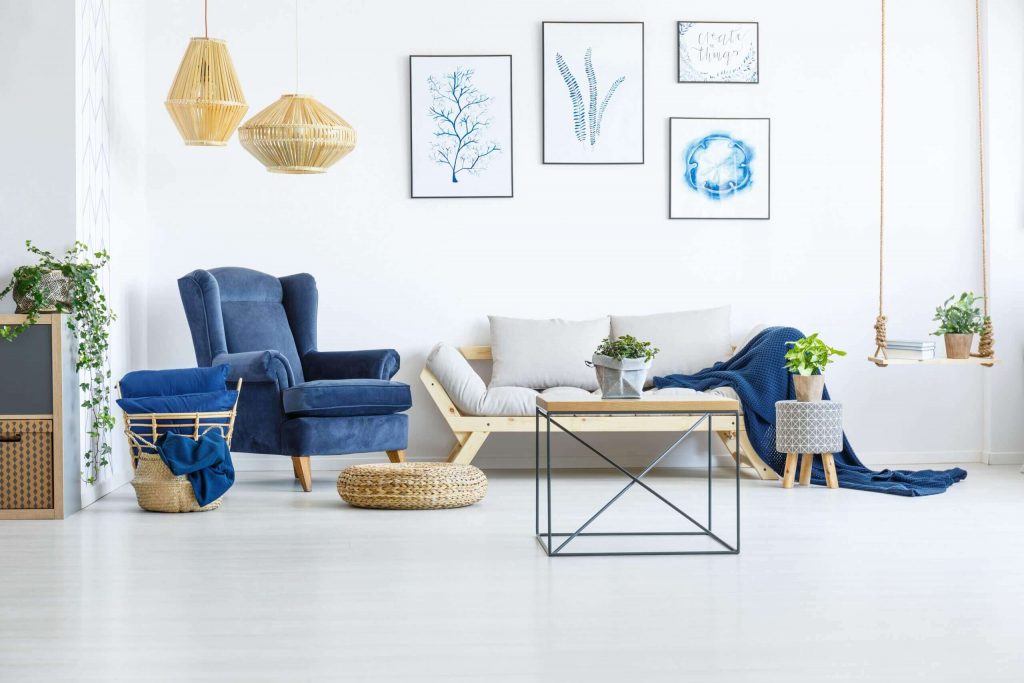Energy label creates a schism between the professions
El Mundo, Juanjo Bueno, 26 February - Like water in May. Thus The final approval of the Royal Decree that will make it compulsory for all homes or premises rented or sold in Spain to have an energy certificate is awaited by professionals in the energy and real estate sector.
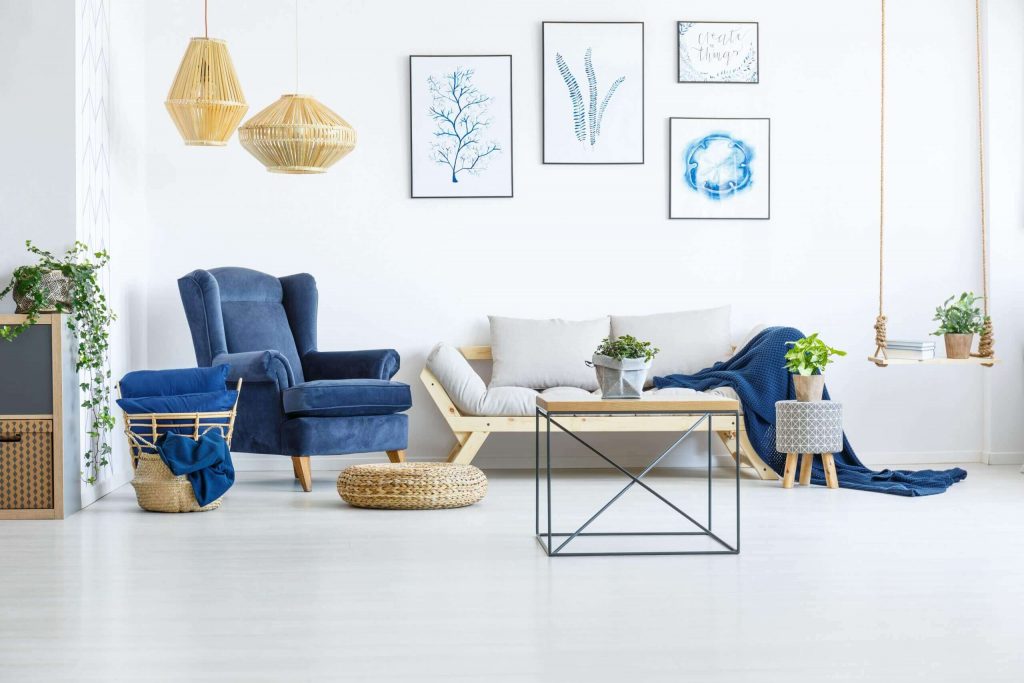
Not in vain, thousands of jobs are expected to be created in the coming years to adapt this European regulation to the nearly two million properties that will be affected. But after years of delay, and when it seemed that the government was going to give the green light to the Draft RD in January, the lack of foresight forced the Ministry of Industry to submit a third draft to the Council of State on 31 January.
In this document, which awaits the opinion of this consultative body before being presented and approved by the Council of Ministers, there are two significant novelties: the date from which the 'energy label' will be enforceable, which has been updated to 1 June 2013and the definition of the qualifications required to issue and sign these certificates, being reduced to architects and engineers, both higher and technical.
5 keys to selling a home
Selling a property is not always an easy task. It depends on the state of the market, the country's economy, the labour market, the confidence index of the markets, the economic outlook announced by major national and international organisations, among many other factors...
After the real estate crisis from 2007 to 2015, a "realism effect" has been taking hold in our market, says Toni Expósito, general manager of the Comprarcasa network, which makes us much more cautious in our purchasing decisions..
In view of this market situation, the experts at Comprarcasa recommend that all those interested in selling a property should follow a series of steps tips on how to do this quickly and effectively.
1. Conduct market research
Setting the right market price is a determining factor when selling a property. To do this, we must pay attention to the prices and characteristics of the properties in the area. "Making a mistake in this first phase will lead us to lose a high number of calls and visits in the first few weeks, which are key to the sale of a property," says Expósito.
An adequate market study and an exhaustive knowledge of the area will place our property in the necessary position to achieve its sale without having to resort to successive price reductions.
2. Choose the best real estate portals
The Internet offers us countless opportunities to show our home to a large number of potential buyers. "But be careful, don't let everyone who calls interested in viewing your home into your home," warns the Managing Director of Comprarcasa. "Curious callers, people who are already thinking of putting their house up for sale and intermediaries of all kinds will call". The calls received after the advertisement has been published are decisive when it comes to detecting the real interest of the potential buyer, as well as their economic and financial possibilities to buy the property.
3. Highlight the qualities of the house in a realistic way.
We must make an attractive description of our property, so that it attracts potential buyers, but "without falling into exaggerations that may create false expectations", recommends the expert from Comprarcasa. This will only lead us to generate useless visits, which will waste time and money.
It is highly recommended to have a professional photographer specialised in the real estate sector who will know perfectly well how to show the best qualities of the property, choose the most suitable light, the clearest spaces and find the most attractive angle to stand out in an ocean of advertisements.
Default insurance: does it prevent rent arrears?
The economic crisis resulting from the COVID-19 pandemic is wreaking havoc on family economies. One of the main problems it is generating is the inability of some families to cope with rent payments. As a solution, an increasing number of landlords are opting for take out default insurance to avoid late payments.
This relatively new type of insurance has been undergoing a period of increases from 2019%, when they increased by 35 % according to data from the Observatorio Español del Seguro de Impago de Alquiler (OESA) (Spanish Rent Default Insurance Observatory)but in the pandemic season, recruitment has doubled, to the extent that the OESA estimates that in 2021 the 30 % of new rental contracts will include default insurance.
"The COVID-19 crisis has made landlords feel more insecure about possible non-payment."explains Emiliano Bermudez, deputy director general of donpiso. "The volatile context in which we live also makes it very difficult to foresee future delinquencies," he reasons.
For this reason, the expert believes that the best option to avoid situations of default is to take out these default insurances. "It's the best way to make sure that the money is going to arrive.This is the trend that society is following", says Emiliano Bermúdez, who adds that "it is the trend that society is following".
How does default insurance work?
"The insurance against non-payment of rental covers the rent agreed at the time of signing for up to 12 months of non-payment".explains Emiliano Bermúdez. In this way, the landlord secures his monthly rent and avoids situations of default by the tenant.
In addition to non-payment, these insurances offer other coverage. "Once insurance has been taken out," says Emiliano Bermúdez, "it is common to add protection for damage to the home or theft. Which in turn are the main cause of litigation between the landlord and the tenant," he adds.
For the expert, taking out insurance also has benefits for the tenant, as it provides financial relief in the event of not being able to meet the costs of the rent. rent payments. "With comprehensive coverage, the tenant avoid possible unpleasant situations. Like getting on the list of defaulters or even being evicted."He believes.
"Default insurance is a very convenient tool".he thinks. And he predicts that in the future there will be more and more policies in the rental sector. "Just like car insurance, for example, are likely to become a necessary condition for renting over time.", he ventures.
Six reasons why build to rent is the future of real estate
Half of all new-build homes bought in 2020 have private outdoor spaces, according to AEDAS Homes' 2020 New Home Buyer Profile. This annual study, heavily marked by the COVID-19 pandemic, highlights a clear trend: buyers want homes with outdoor spaces and larger spaces after months of confinement.
The AEDAS Homes study shows that during the past year 2020, 21.8% of its customers bought a flat with a terrace; 11%, penthouses; 10.7%, detached homes; and 6.4%, ground floor apartments with a garden. In total, almost 50% of buyers opted for homes with outdoor spaces, a quality of AEDAS Homes homes that has become a priority in the market. This percentage is nearly three points higher than in 2019 (47%).
In addition, buyers also opted for homes with more rooms. The report shows that many of those who previously owned a home with one or two bedrooms (the so-called replacement demand) now prefer homes with more rooms. AEDAS Homes sales show that 77% of the transactions it closed in 2020 were for homes with three or more bedrooms, six points more than in 2019.
Rent my Flat
Rent my Flat.
Renting your flat through the internet platform Alquila-piso.es can offer you a number of benefits. Here are some of them:
- Increased visibility: Alquila-piso.es is an online platform specialised in flat rentals, which means you have the opportunity to reach a wide audience of potential tenants. This increases the chances of quickly finding a suitable tenant for your property.
- Easy access: The platform gives you the convenience of accessing it from anywhere and at any time, as it is available online 24 hours a day. This allows you to manage the rental of your flat in a flexible and convenient way.
- Time saving: Alquila-piso.es simplifies the rental process by providing you with tools that streamline the search for tenants. You can post ads quickly and easily, adding important details about your flat and stating your specific requirements. This helps you save time compared to traditional tenant search methods.
- Verified tenant profiles: The platform can have a tenant profile verification system, which provides greater security when selecting potential tenants. You can obtain relevant information about interested tenants, such as their references, rental history and ratings from other landlords.
- Greater control and transparency: Alquila-piso.es allows you to maintain complete control over the process of rental of your flat. You can communicate directly with potential tenants through the platform, make agreements and negotiations, establish terms and conditions, and even make a reservation. clear rent and manage payments in a secure manner. This provides transparency and helps you avoid misunderstandings or future conflicts.
- Assistance and support: The platform can offer you assistance and support throughout the rental process. You can receive guidance on how to write an effective advert, how to set a fair price for your flat and how to carry out the tenant selection process. In addition, you can receive help in case of any problems or queries during the rental period.
-
Advertise My flat

El precio de la vivienda usada comienza el 2021 con subida
El precio de la vivienda usada en venta subió un 0,1% en Enero con respecto al mes de Diciembre y a la tasa interanual se sitúa en +0,7%. Durante el mes de Enero 34 provincias subieron de precio con respecto al mes anterior.
El portal inmobiliario Hogaria.net observa una nueva subida del precio de la vivienda usada en venta durante el mes de Enero con respecto a Diciembre. Se sitúa el precio medio del metro cuadrado de la vivienda usada en venta en 1.729 Euros frente a los 1.726 Euros que terminó Diciembre.
Provincias y capitales que más han bajado/subido de precio durante el mes de Enero
Las provincias Españolas en las que más descendió el precio de la vivienda durante el mes de Enero fueron:
- Huesca (-1,2%),
- Soria (-1%),
- Huelva (-1%),
- Teruel (-0,9%)
- Zaragoza (-0,5%)
Por el contrario, las provincias que más subieron de precio fueron:
- Lleida (1,1%),
- Jaén (0,9%),
- Valladolid (0,9%),
- Toledo (0,8%)
- Cáceres (0,7%)
Las capitales de provincia que más bajaron de precio durante el mes Enero fueron: Murcia (-0,3%), Barcelona (-0,3%), Castellón de la Plana (-0,2%), Soria (-0,2%) y Huelva (-0,1%). Por el contrario las capitales que más subieron de precio fueron: Badajoz (0,7%), Palma de Mallorca (0,6%), Valencia (0,5%), Sevilla (0,4%) y Cádiz (0,4%)
¿Qué ha sucedido en las grandes Capitales durante el mes de Enero?
Analizando los precios del mes de Enero en Madrid y Barcelona Capital, Madrid sube un 0,2% y Barcelona baja un 0,3%. Se Sitúa el precio medio por metro cuadrado en 3.693 Euros en Madrid y 3.579 Euros en Barcelona. Examinando por Distrito, en Madrid: Salamanca, Chamartín, Chamberí y Retiro son los distritos con un precio medio por metro cuadrado más elevado (5.238 Euros) y en Barcelona: Eixample, Les Corts, Sarrià-Sant Gervasi y Ciutat Vella con un precio medio de 5.107 Euros.
En dos de las capitales más importantes a nivel nacional como Sevilla (2.410 €/m2) y Valencia (2.295 €/m2). Sevilla registra un ascenso del 0,4% y Valencia sube un 0,5%. Los distritos de Nervión, Los Remedios y Casco Antiguo son los más caros de Sevilla con un precio medio de 3.613 €/m2 y en Valencia, Ciutat Vella, L’ Example y El Pla del Real con un precio medio de 3.515 €/m2.
What is a green mortgage and how to get one
In general, the benefits of purchasing an environmentally sustainable home are well known: saving money and energy, less environmental impact, etc. What not everyone knows, however, is that there are several banks that will lower the interest rate if you finance the purchase with a green mortgage. The bank comparator HelpMyCash explains what exactly this product consists ofThe following are some of the entities that offer it and what you have to do to get it.
For the purchase and renovation of sustainable housing
A green mortgage or eco is basically a loan that allows financing the purchase or renovation of sustainable housing with more favourable conditions. As a general rule, the interest rate is lower than that charged by the bank for conventional real estate purchases, although in some cases other advantages are also offered (e.g. higher financing).
At present, however, few banks are marketing a green mortgage cheaper than conventional mortgage. According to HelpMyCash, the only ones that do it openly are Hipotecas.com, Banco Santander, Cajamar, Triodos Bank and Banco Mediolanum. In any case, they remind us that it is possible to negotiate with any entity to try to get these improved conditions.
The energy rating certificate must be presented
Of course, it is not enough for the bank granting the green mortgage that we tell them that we will buy a green home: we have to prove it to them. To do this, it will be necessary to present the energy rating certificate of the building.which should be A+, A or B depending on the requirements of the institution.
Also, the usual solvency requirements must be metOtherwise, the bank will not approve the transaction. In particular, you must have sufficient savings (usually 30% of the value of the house), a good salary, stable employment and a clean credit history.
They are not always better than conventional ones
The comparator HelpMyCash warns, however, that green mortgages do not always have better conditions than conventional ones. Despite their lower interest rates, there are banks that market loans at even more attractive rates for the purchase of non-green homesat least on paper.
Therefore, the ideal is to approaching various entitiesBoth those that provide green mortgages and those that do not, and ask about their financing conditions. This makes it much easier to compare the different offers and choose the one that is the best value for money. In doing so, however, it is important to look not only at the interest rate, but also at other important aspects such as the products to get the maximum bonus or the fees.
Como y donde reclamar los defectos de una vivienda nueva
Para evitar que el consumidor se encuentre indefenso, las asociaciones de consumo y las Oficinas Municipales de Información al Consumidor (OMIC) ofrecen la posibilidad de presentar reclamaciones. En el caso del comprador de vivienda, puede encontrar irregularidades en el momento de la compra, y que pueden referirse a incumplimientos del contrato, la no coincidencia con lo indicado en la memoria de calidades… Una vez comprado el piso, también es posible que encontremos defectos en nuestra vivienda.
En estos casos, se debe acudir a una de estas asociaciones o una OMIC, donde se presentará una reclamación. El comprador puede instar judicialmente la resolución del contrato o reclamar su cumplimiento o reparación, con indemnización en ambos casos, de los daños y perjuicios que haya sufrido. Todo esto está recogido en la Ley de Ordenación de la Edificación (LOE). Aquí están resumidos los pasos a seguir.
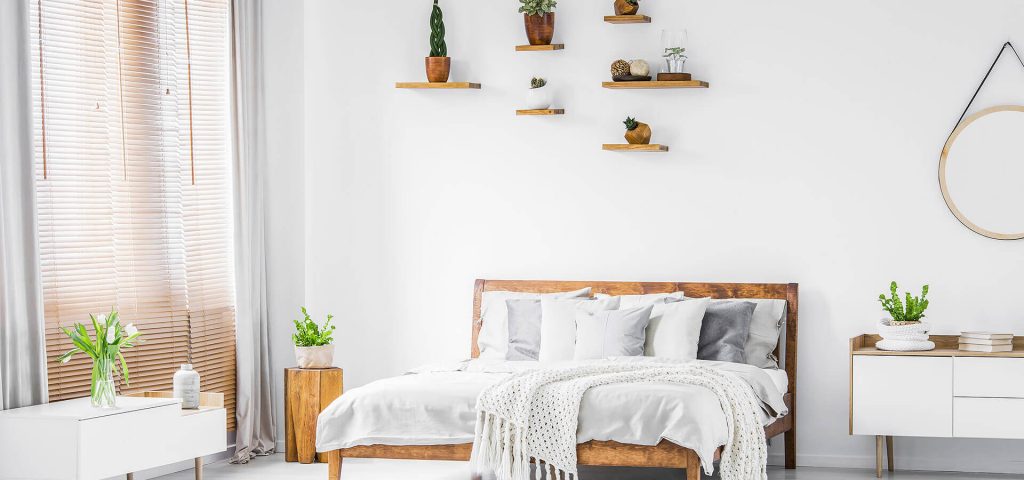
El motivo de la reclamación.
Si existen defectos de construcción o vicios ocultos en la vivienda, o si se incumplen las normas técnicas de la construcción, las normas de separación mínima, las normas básicas de edificación, o la memoria de calidades, el comprador dispone de seis meses desde la fecha de entrega de la vivienda, para presentar reclamaciones por los defectos detectados. Si la vivienda es de protección oficial, este plazo es de cinco años desde la calificación definitiva.
En caso de que los defectos sean de construcción, debemos contar con el respaldo de un dictamen pericial que asegure la presencia de esos defectos. El comprador de la vivienda dispone de un plazo de diez años para reclamar judicialmente, plazo que puede ampliarse hasta quince años si los defectos fueran consecuencia de una falta por parte del contratista a las condiciones estipuladas en el contrato de ejecución.
Llegar a un acuerdo.
Cuando el consumidor se presenta ante la asociación u OMIC correspondiente, lo primero que se le solicita es la documentación. Lo más importante es el contrato de compraventa, donde deben reflejarse los derechos y obligaciones de cada parte. La asociación se encarga de informar al socio de sus derechos, y, si éste está de acuerdo, firma una hoja de reclamación, y la asociación queda encargada de su representación.
Analizando la documentación presentada por el consumidor, la asociación estudia si la reclamación tiene viabilidad, en cuyo caso comienzan a contactar con la otra parte. Es importante que en este primer momento se haga lo posible por llegar a un acuerdo extrajudicial. En caso de que se consiga este acuerdo y el consumidor obtenga una compensación, o aquello que solicitaba en la reclamación, el proceso termina aquí.
La vía judicial.
Si además de incumplimientos o irregularidades, el problema que se ha detectado en la vivienda incumple la normativa en materia de consumo, estamos ante un hecho sancionable. En estos casos, se denuncia a la Administración (generalmente, las direcciones de consumo), donde, estudiando la documentación, se determina si los hechos denunciados son ciertos, y se actúa en consecuencia.
Las sanciones administrativas por las infracciones en materia de consumo son impuestas sin perjuicio de las responsabilidades civiles, penales o de otro orden que se puedan dar. Por este motivo, son independientes de la indemnización que, si corresponde, se dará al comprador por daños y perjuicios.


